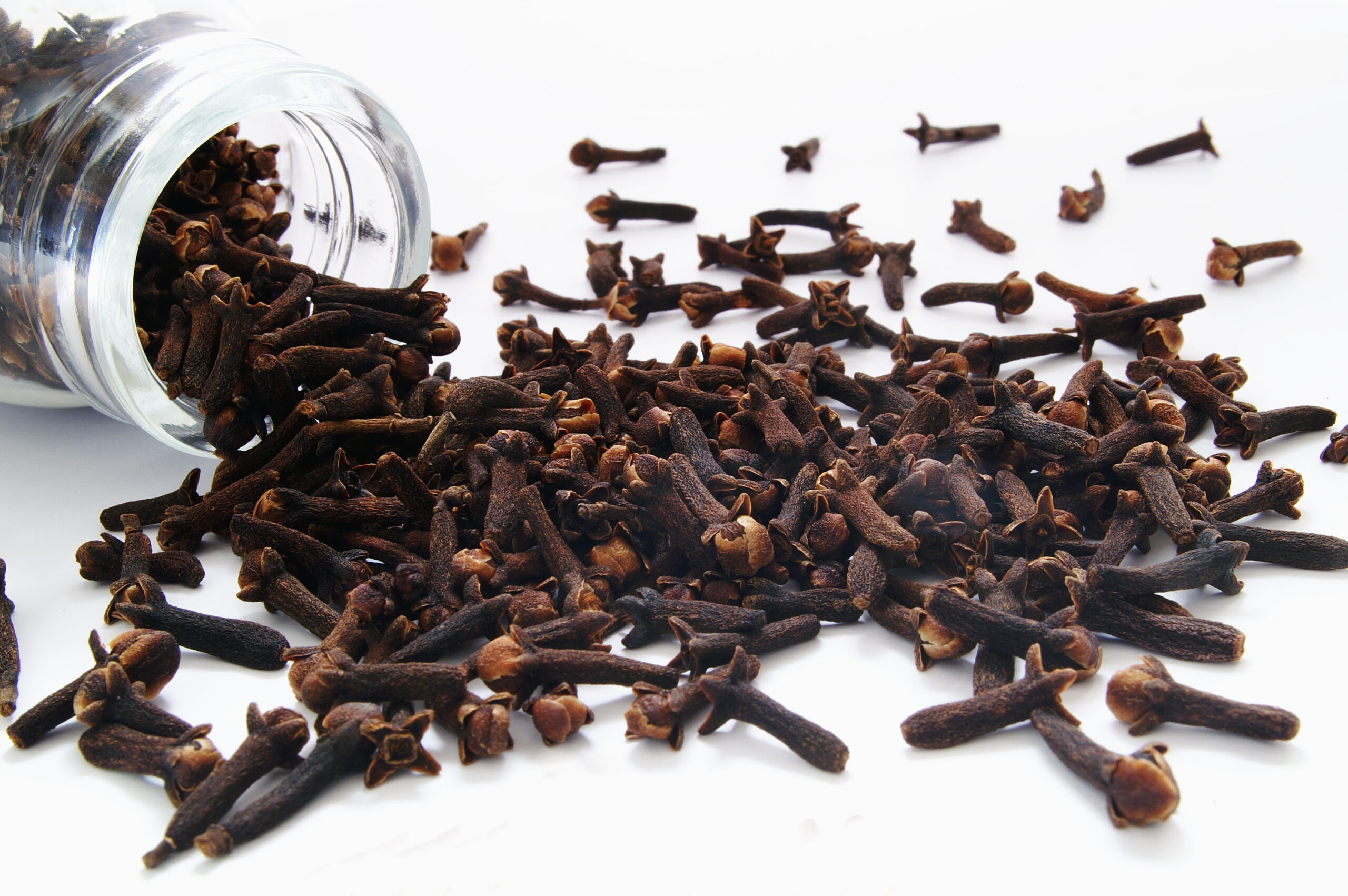Organic gardening is a fulfilling hobby that can provide you with fresh, healthy produce while also promoting sustainability. Whether you have a small balcony or a large backyard, there are many benefits to growing your own food. In this blog post, we will explore the basics of organic gardening, including how to choose the right plants and seeds, prepare your soil for planting, and harvest your homegrown produce.
Benefits of Growing Your Own Food
There are numerous reasons why people choose to grow their own food. For one, it allows them to have control over what they eat by knowing exactly where their food comes from. Additionally, growing your own food can be more cost-effective than buying groceries at the store. It’s also an excellent way to reduce waste and promote sustainability by composting kitchen scraps and using natural pest repellents instead of chemical ones. Finally, growing your own food can be a fun and rewarding activity that provides mental stimulation and physical exercise.
Choosing the Right Plants and Seeds
When choosing which plants and seeds to grow in your garden, consider factors such as climate, seasonality, and personal preference. Some popular vegetables for beginners include tomatoes, lettuce, spinach, radishes, and green beans. You may also want to consider herbs like basil, chives, and rosemary for flavoring your meals. When selecting seeds, look for those that are certified organic and non-GMO.

Preparing Your Soil for Planting
Once you have chosen your plants and seeds, it’s time to prepare your soil for planting. Start by removing any debris or weeds from the area. Then, add compost and other nutrient-rich materials to enrich the soil. You may also want to test the pH level of your soil to ensure it’s suitable for the types of plants you plan to grow.
Tips for Successful Organic Gardening
To ensure successful organic gardening, follow these tips:
1. Water regularly but don’t overwater – make sure your plants receive enough water without drowning them.
2. Use natural pest repellents like garlic spray or neem oil instead of chemical pesticides.
3. Rotate crops each year to prevent soil depletion and pests.
4. Harvest produce when it’s ripe to maximize taste and nutrition.
5. Companion planting – planting different crops together that benefit each other – can help improve crop yield and reduce pests.
Harvesting and Preserving Your Homegrown Produce
Finally, once your plants have matured and produced fruit, it’s time to harvest and preserve your homegrown produce. Depending on the type of produce, you may be able to consume it immediately or need to store it for later use. Common methods of preservation include freezing, canning, and pickling. By following these steps, you can enjoy the joy and rewards of organic gardening all year long!
Related Content
- Why Self-Reliance is the Key to Happiness and Success in Life
- Home Farming 101: Everything You Need to Know About Starting Your Own Homestead
- Not Ready to Raise Livestock on your Homestead for Food?
- Home Farming 101: Everything You Need to Know to Get Started
- Simple Homesteading Skills Everyone Should Learn





